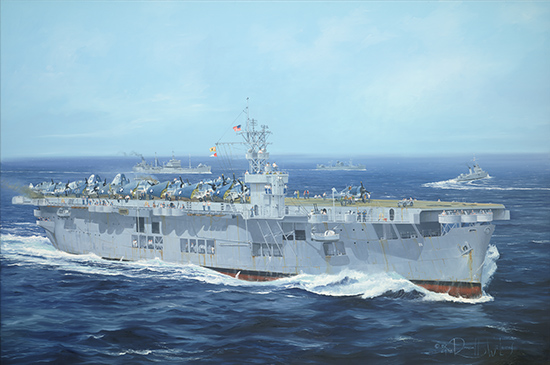
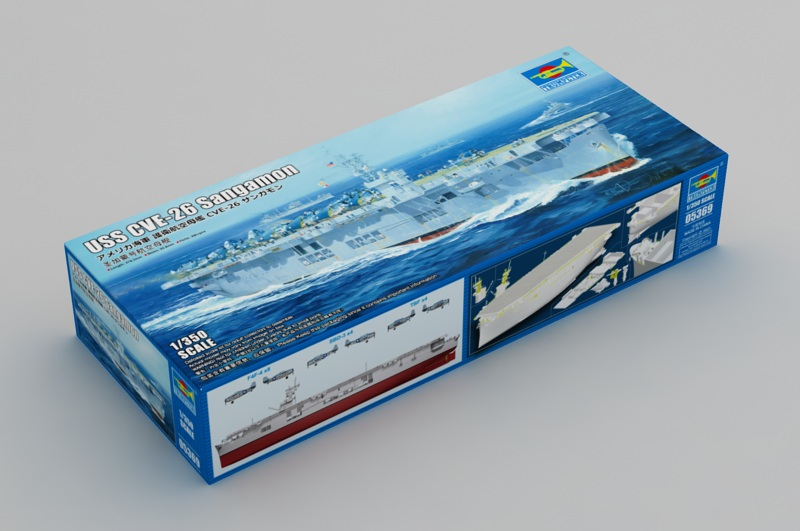

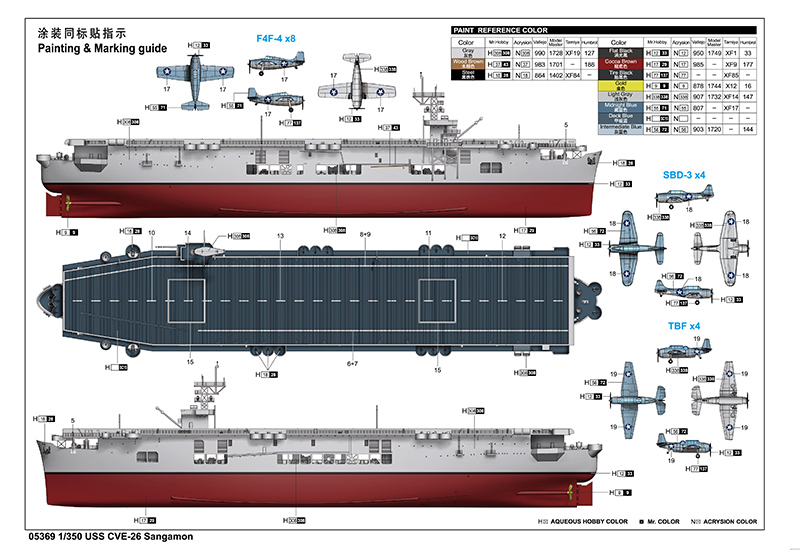




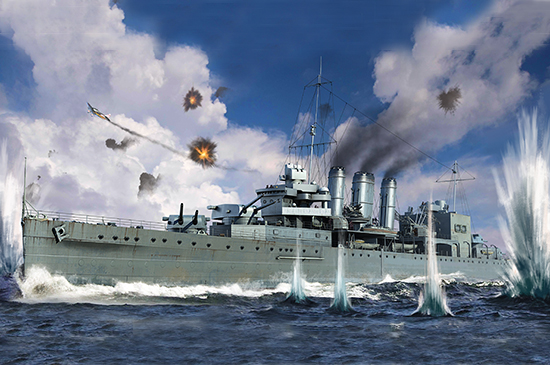
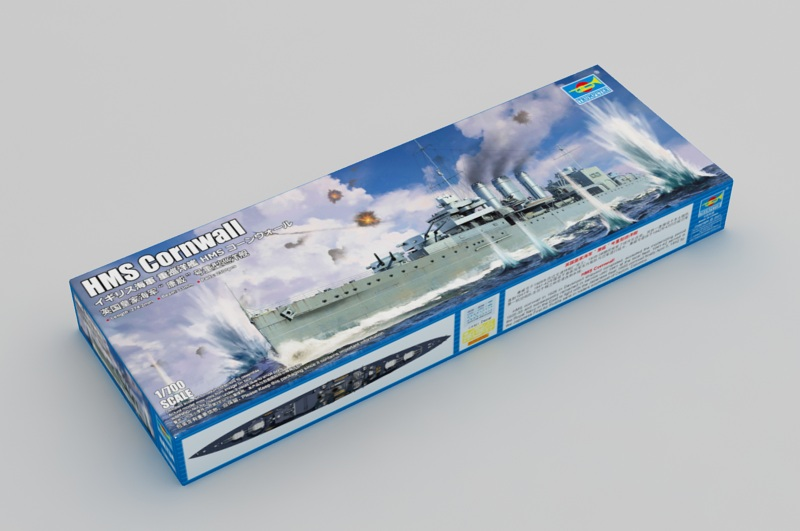

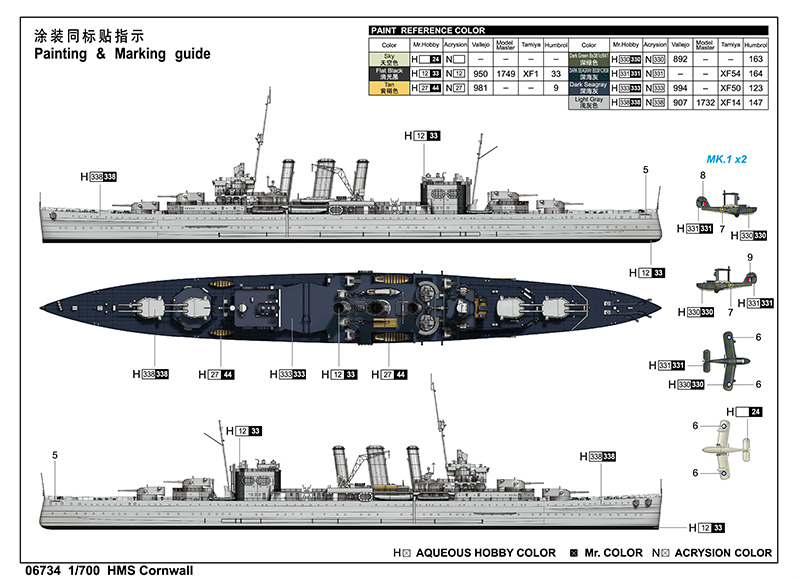
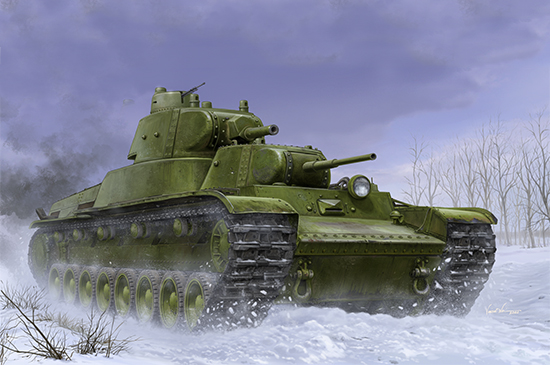
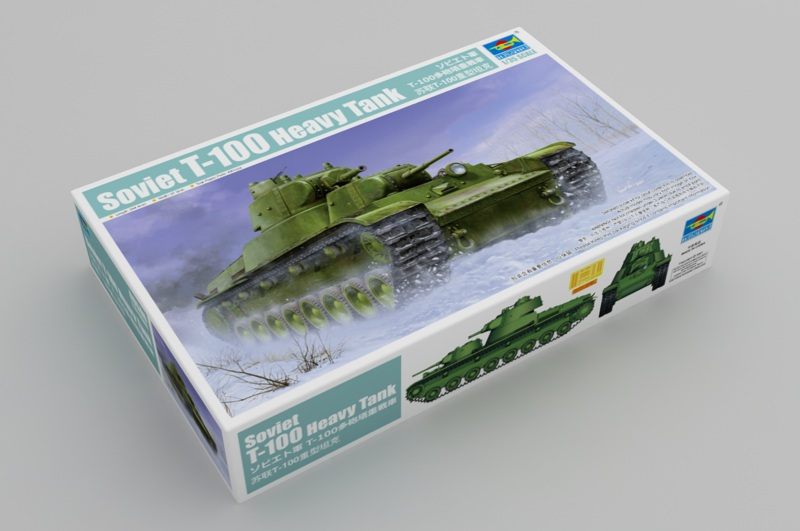
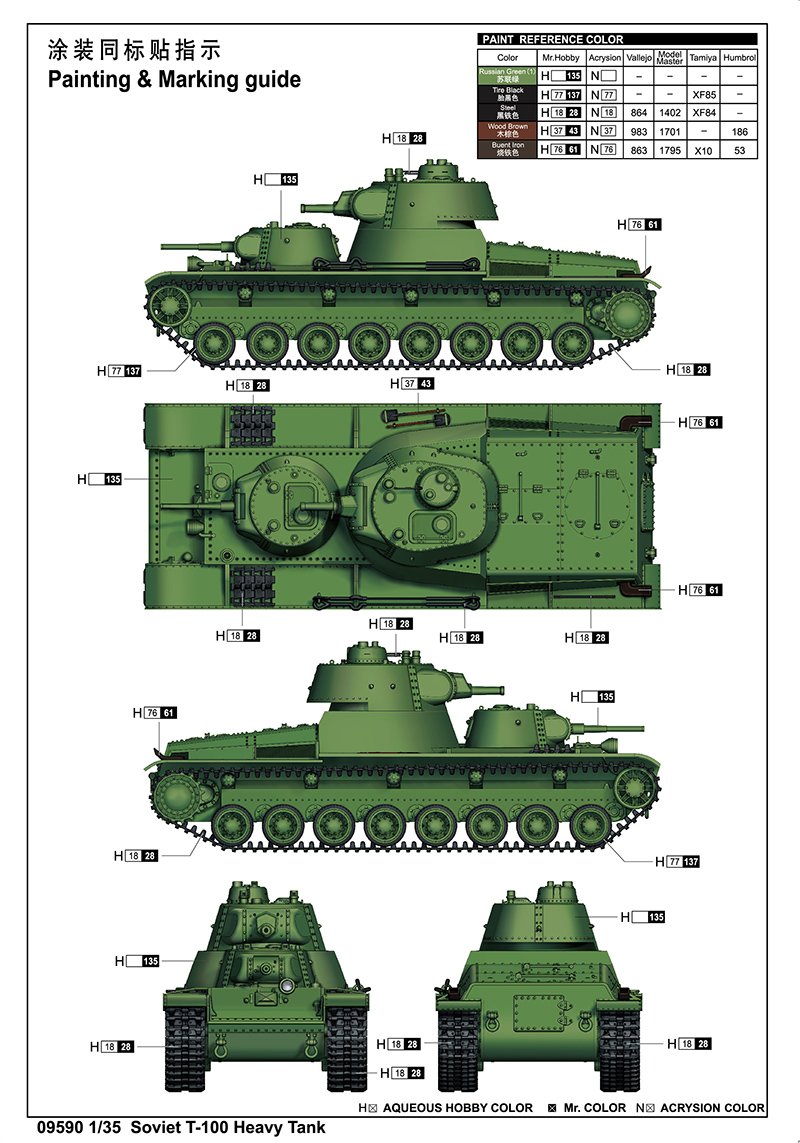
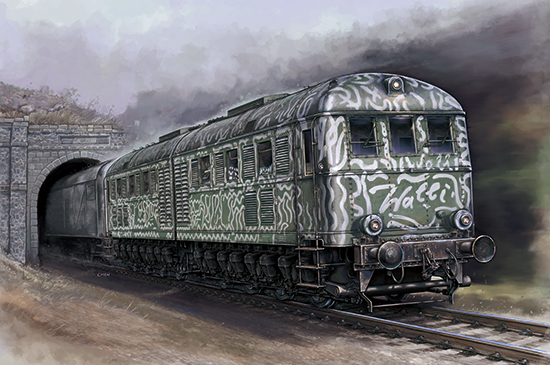

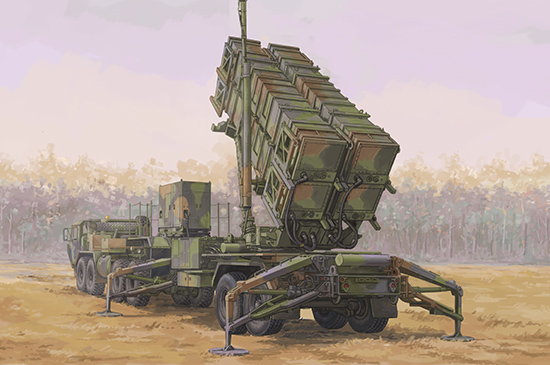
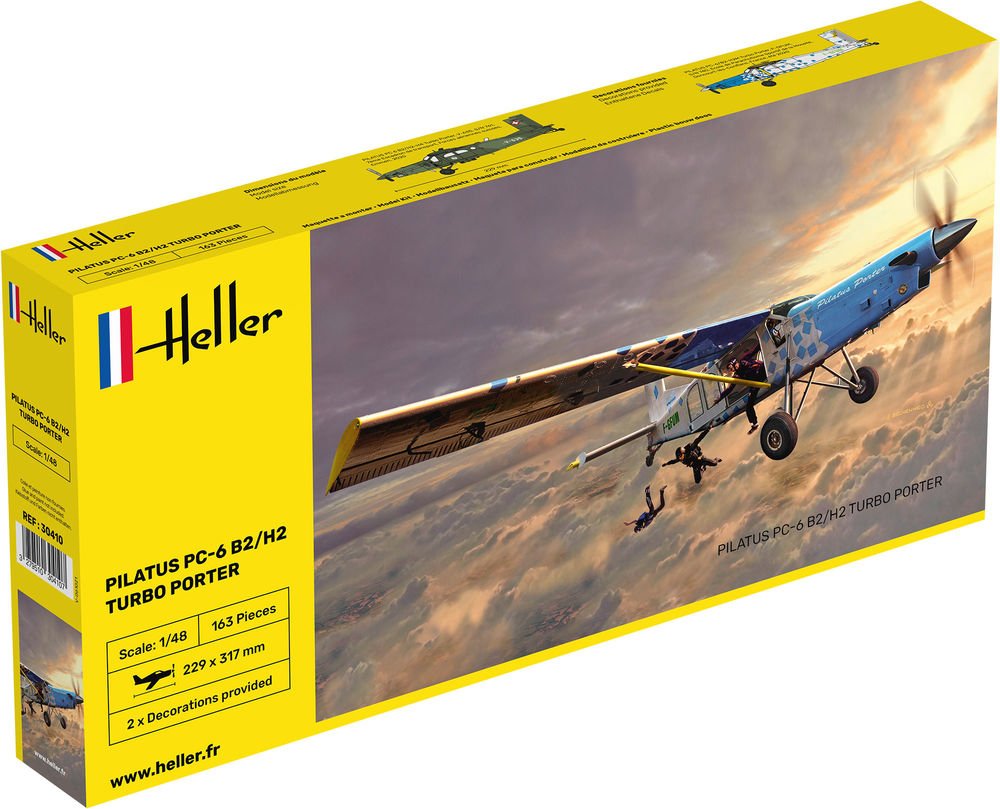
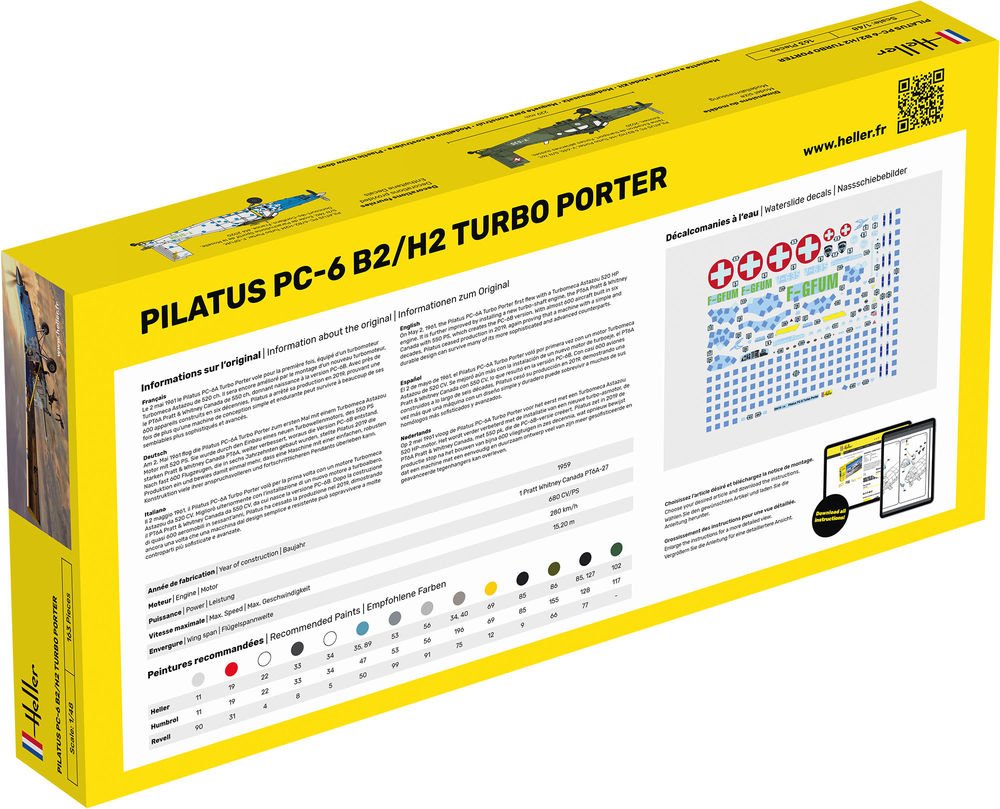


AvailabilityThis item is currently not in stock and will be available again shortly
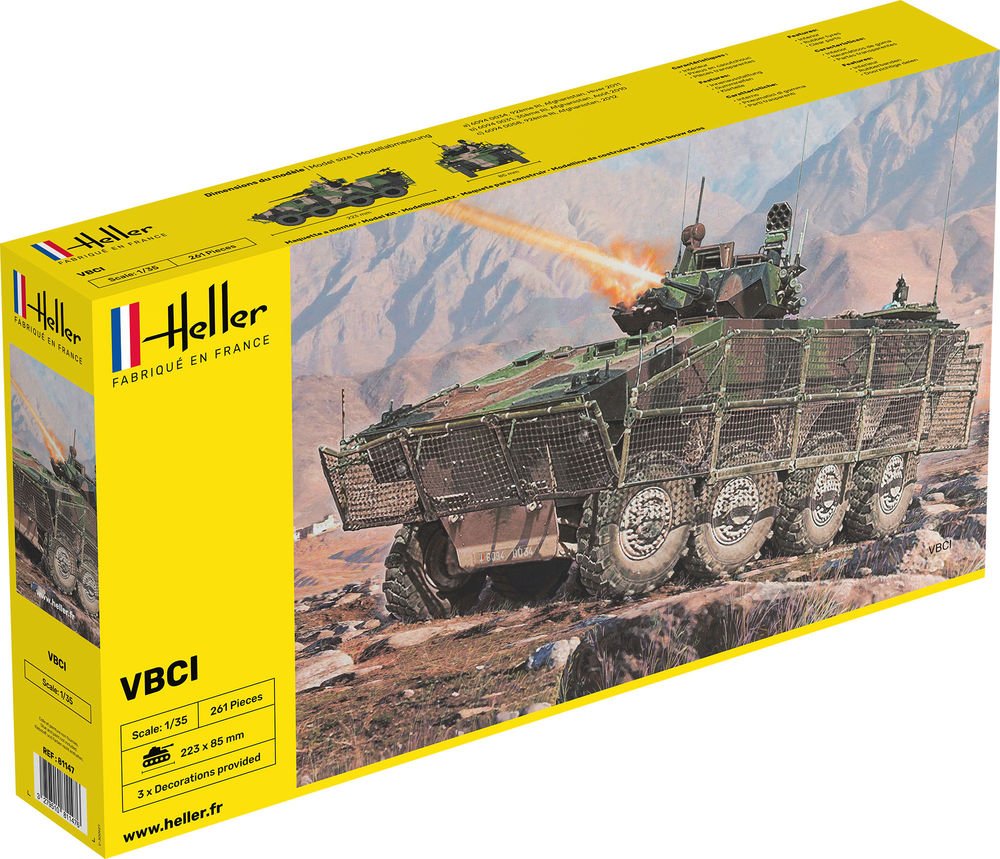

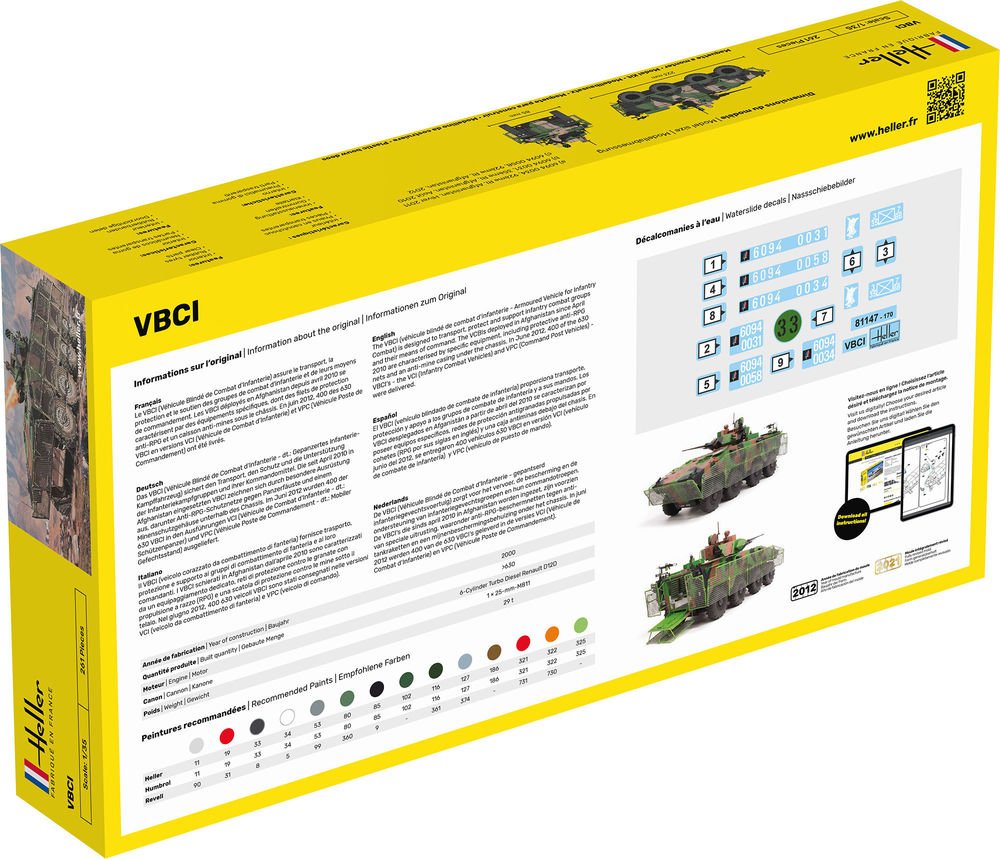
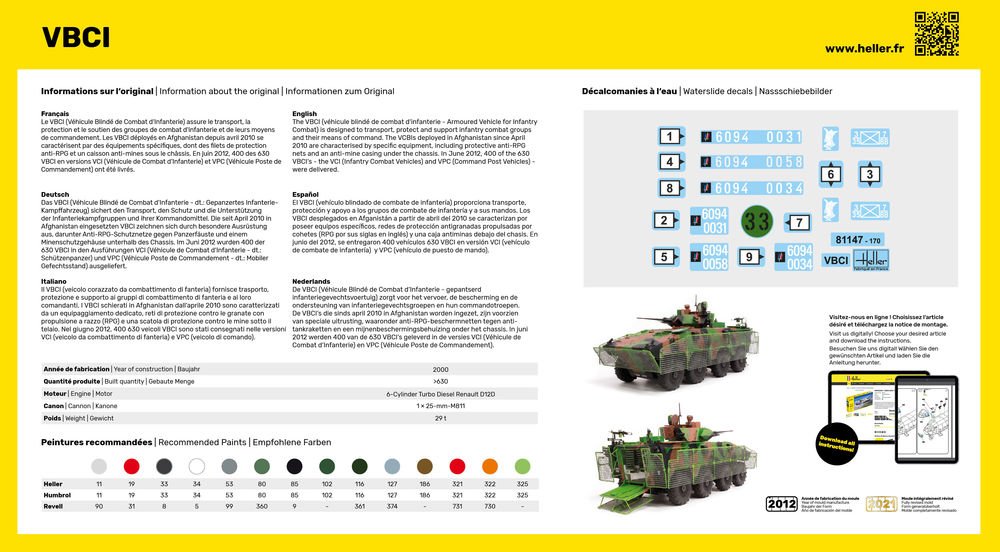
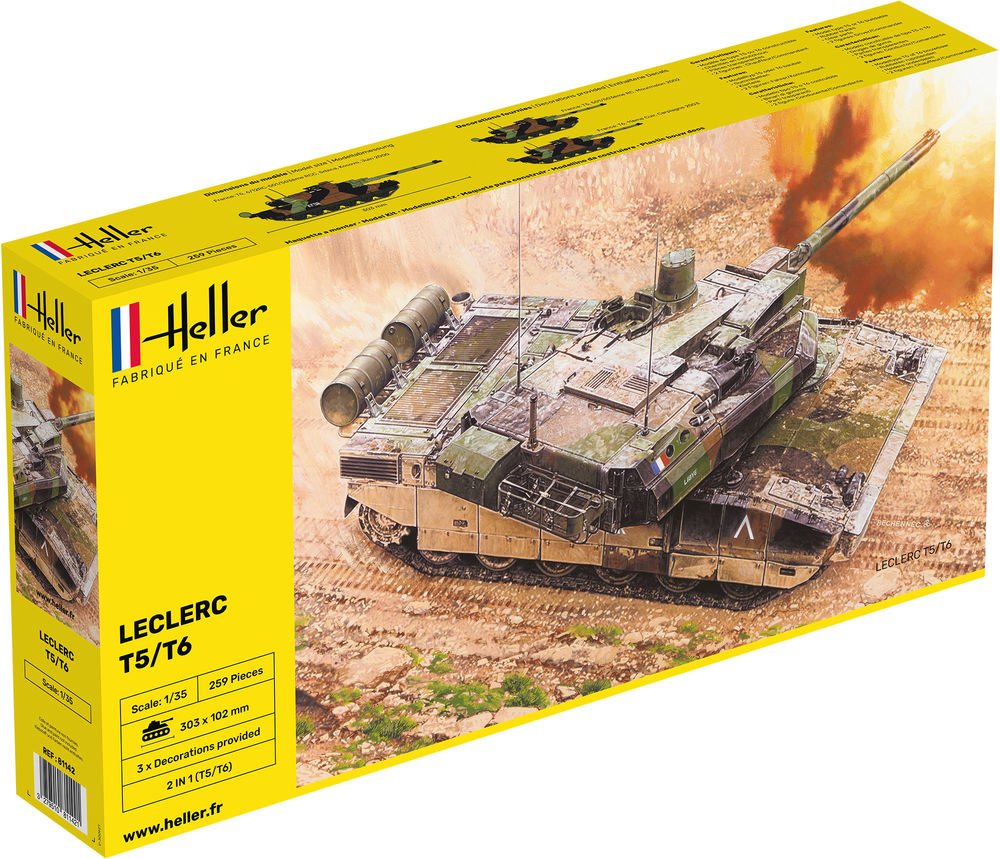

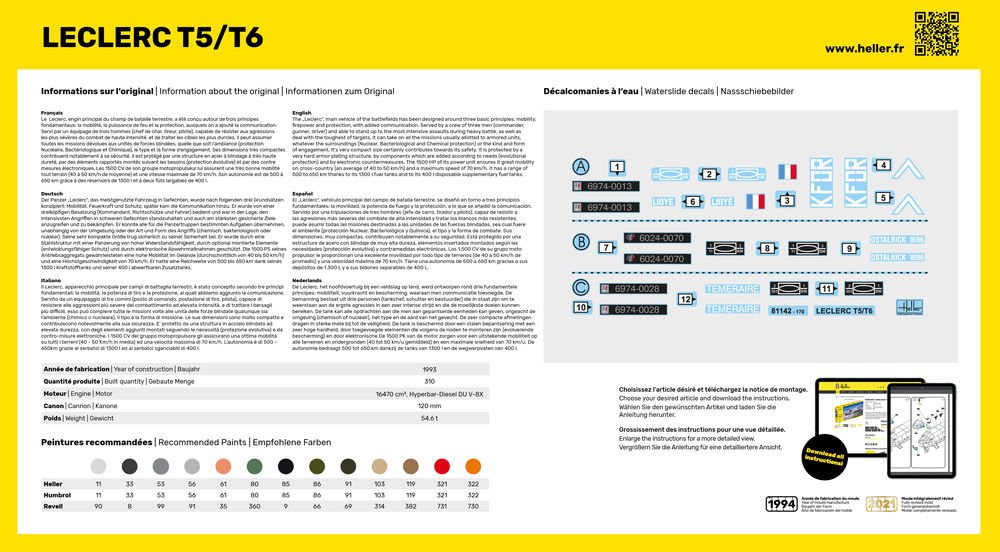

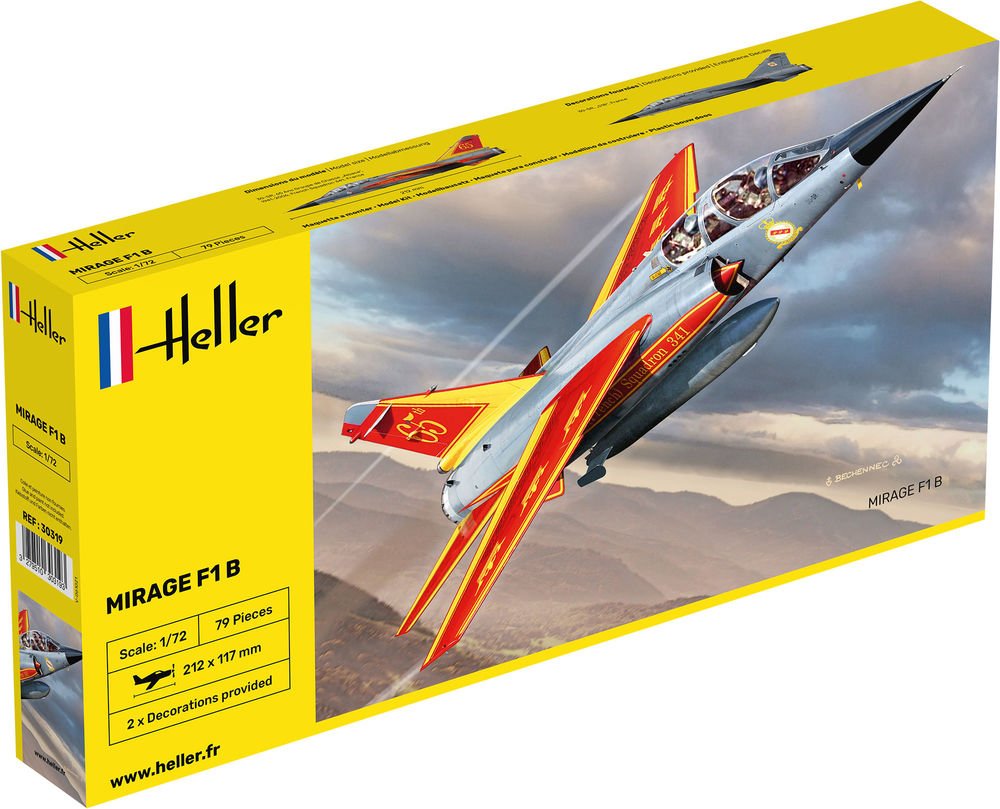
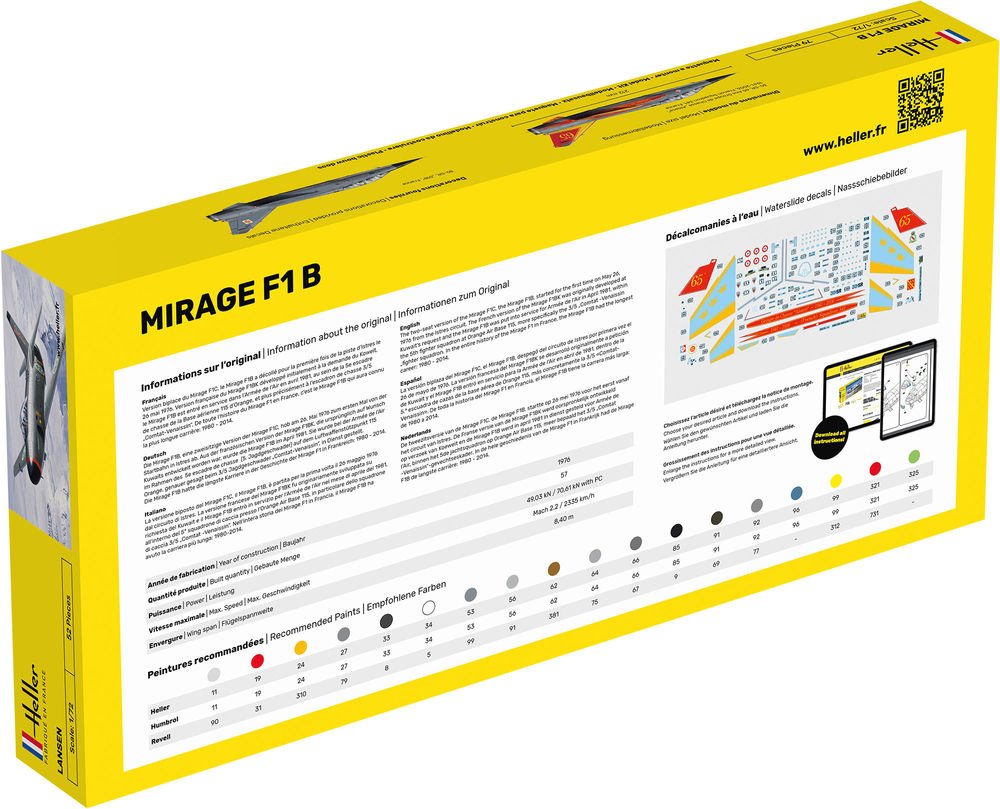
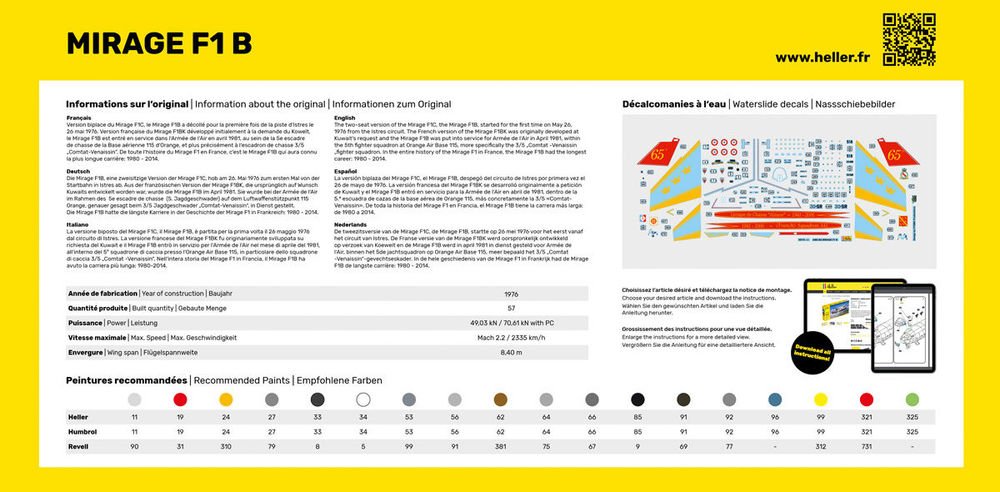

The Percival P.56 Provost is a basic trainer aircraft that was designed and manufactured by British aviation company Percival.
During the 1950s, the Provost was developed for the Royal Air Force (RAF) as a replacement for the Percival Prentice. Designed by Henry Millicer, it was a single-engined low-wing monoplane, furnished with a fixed, tailwheel undercarriage and, like the preceding Prentice, had a side-by-side seating arrangement. First flying on 24 February 1950, the prototypes participated in an official evaluation, after which the type was selected to meet Air Ministry specification T.16/48.
The Provost entered service with the RAF during 1953 and quickly proved to be more capable than the preceding Prentice. It was a relatively successful aircraft, being exported for multiple overseas operators. Various models were developed, both armed and unarmed, to meet with customer demands. The Provost later adapted to make use of a turbojet engine, producing the BAC Jet Provost. During the 1960s, the type was withdrawn from RAF service in favour of its jet-powered successor. It continued to be used for decades after with various export customers.
The origins of the Provost can be found in the issuing of Air Ministry specification T.16/48, which called for a single-engined basic trainer aircraft to meet Operational Requirement 257, seeking a replacement for the Royal Air Force’s (RAF) existing fleet of Percival Prentice trainers. A major priority of the specification was to introduce more direct supervision and observation of student pilots by instructors in order to reduce the rate of late-stage dropouts. On 11 September 1948, this specification was issued, attracting the attention of various aviation companies; the Air Ministry ultimately received in excess of 30 proposals. Percival was amongst those companies that decided to produce a response, their design has been attributed to the Polish-born aeronautical engineer, Henry Millicer (Millicer later moved to Australia, where he designed the award-winning Victa Airtourer light aircraft).
After reviewing the numerous submissions, the Air Ministry selected a pair of designs, the Percival P.56 and the Handley Page H.P.R. 2, and issued contracts for the construction of prototypes to both companies. On 13 January 1950, Percival was received its contract for a pair of prototypes, both of which being powered by the Armstrong Siddeley Cheetah engine. Additionally, the company decided to construct a third prototype, powered by the more powerful Alvis Leonides Mk 25 radial engine.
On 24 February 1950, the Armstrong Siddeley Cheetah-powered prototype serial number WE522 performed its maiden flight. Months later, an extensive evaluation was performed of the Provost prototypes, which was flown head-to-head with the rival H.P.R. 2 at RAF Boscombe Down; it also underwent tropical trials overseas. Reportedly, feedback from trials was largely favourable, especially of its handling characteristics, with only minor refinements being recommended. Ultimately, the Leonides-powered P.56 was selected for production as the Provost T.1; on 29 May 1951, an initial order for 200 aircraft was placed. During 1961, production of the type was terminated, by which point a total of 461 aircraft had reportedly been completed. The Percival Provost eventually formed the basis for a jet-powered derivative, the Jet Provost, which ultimately succeeded the piston-engined Provost as the principal training platform of the RAF.
The Provost was an all-metal, single-engined, two-seat monoplane, featuring fixed conventional landing gear with a fully-castering tailwheel. It was developed to provide training that was better-suited to the increasingly-complicated operational aircraft that were then being brought into service. The main two seats in the cockpit were positioned in a side-by-side configuration, enabling the instructor to sit directly alongside the student, easing training by allowing for mutual close observation and for flight procedures to be more readily demonstrated; a third seat had been originally specified for use by an observer, but this position was later omitted following little use. The cockpit was considered to be relatively bulky amongst its contemporary rivals, a feature that did not heavily impinge upon the aircraft’s overall performance. The type was designed to be easy to maintain; various components were intentionally interchangeable where possible and there was a generous provision of access hatches in the fuselage.
Production aircraft were powered by a single Alvis Leonides 25 engine, capable of providing up to 550 hp (410 kW); the performance of this engine meant that Provost was roughly twice as powerful as the preceding Percival Prentice. The engine operated smoothly across various speeds and produced relatively low noise levels from within the cockpit. The Provost had a roll rate and handling similar to the best fighters upon entering service, it was also known for its rapid rate of climb and generous power provision from its engine. Its performance level has been contrasted to that of aerobatic aircraft, which strongly appealed to some instructor-pilots, although it was deemed to be somewhat excessive for general flying purposes. According to aviation periodical Flight International, the stall characteristics of the Provost were relatively gentle, it was also quite easy to recover from a spin.
The self-centering stick is relatively sensitive during flight, flying pilots had to be aware of this during landing to ensure that the tail is not raised too high for the propeller arc; however, it could be readily trimmed for hands-off flight. Recovery from a spin was achieved by a combination of pushing forwards on the stick and applying full rudder, while a spin could be deliberately induced by pulling hard back on the stick and applying opposite force using the rudders. The ailerons are used to perform various manoeuvres; a full roll can be performed in four seconds via full aileron deflection. Both the ailerons and elevators are relatively light compared with contemporary peers; the controls are reportedly well-harmonised in general. Landing the Provost is also relatively easy, being aided by a high level of external visibility for the pilot, a low tendency to float prior to round-out, and fairly low viable approach speeds; it also possesses good side-slip capabilities.
The three-piece canopy was designed for good crashworthiness and to facilitate instrument flying training in daylight, via extendible amber screens and blue-tinted goggles to prevent the pupil seeing outside the cockpit, while the instructor (wearing no goggles) could see through the amber panels. The Provost was also equipped with then-modern very high frequency (VHF) radio aids, which enabled pilots to conduct landings through cloud cover using a Ground Controlled Approach; this better enabled the training of pilots to fly in cloudy conditions and to navigate at night. The majority of controls are logically grouped together, the majority of which being set on the central console positioned between the two seats. According to author David Ogilvy, the complexity of the cockpit was a deliberate design choice; contrary to earlier trainer aircraft, which were typically simplified so students would find them easy to fly, the Provost intentionally exposed beginners to an advanced environment more representative of the varied tasks of aircraft operations.
Required tools and colors
1 TAMIYA MODELING BRUSH 87014
1 TAMIYA EXTRA THIN CEMENT 87038
1 Tamiya Sharp Pointed Side Cutter
4 ACRYLIC PAINTS RED+BLACK+ALUMINIUM+YELLOW


Painting of parts before assembly













































You must be logged in to post a comment.